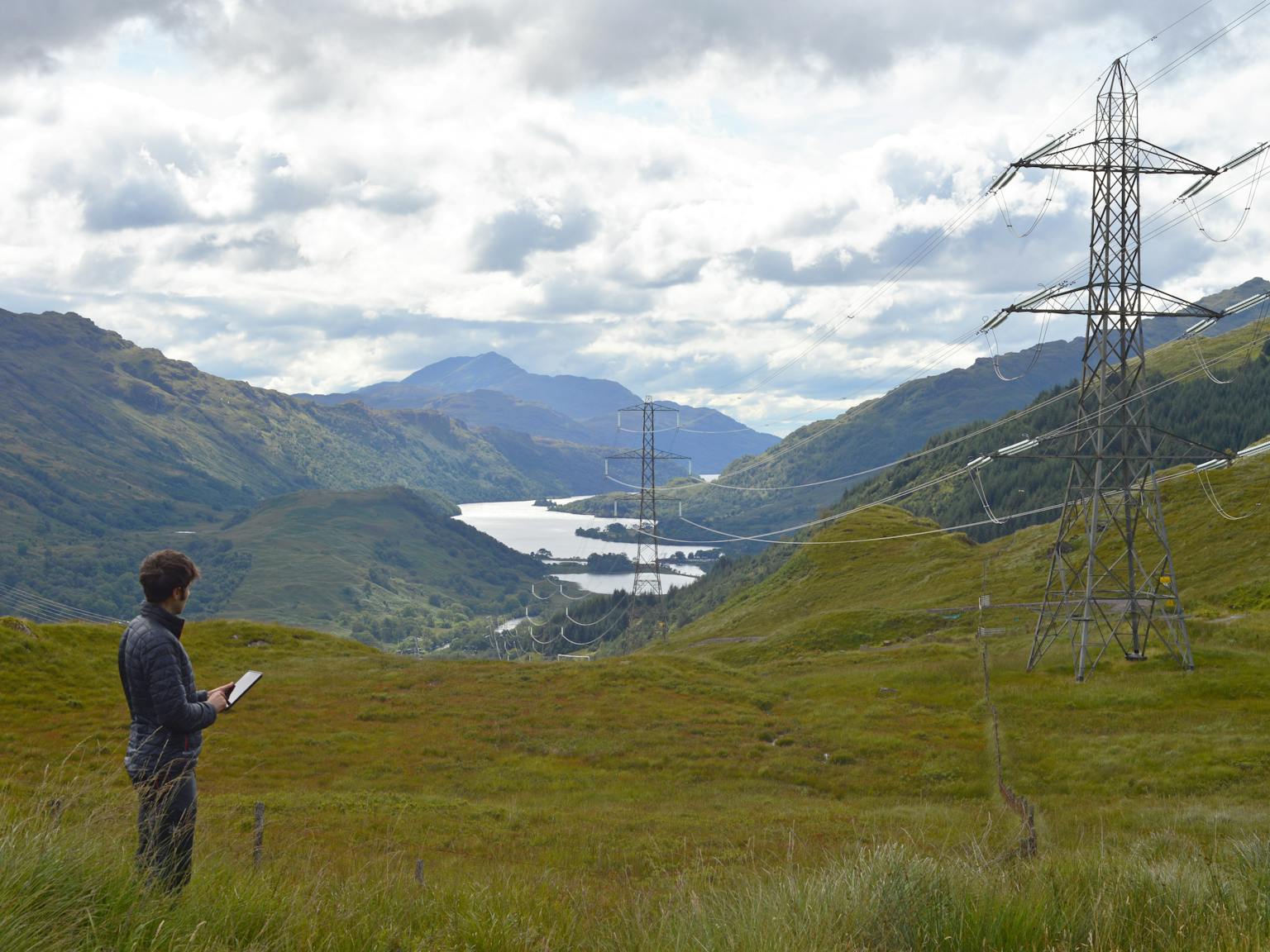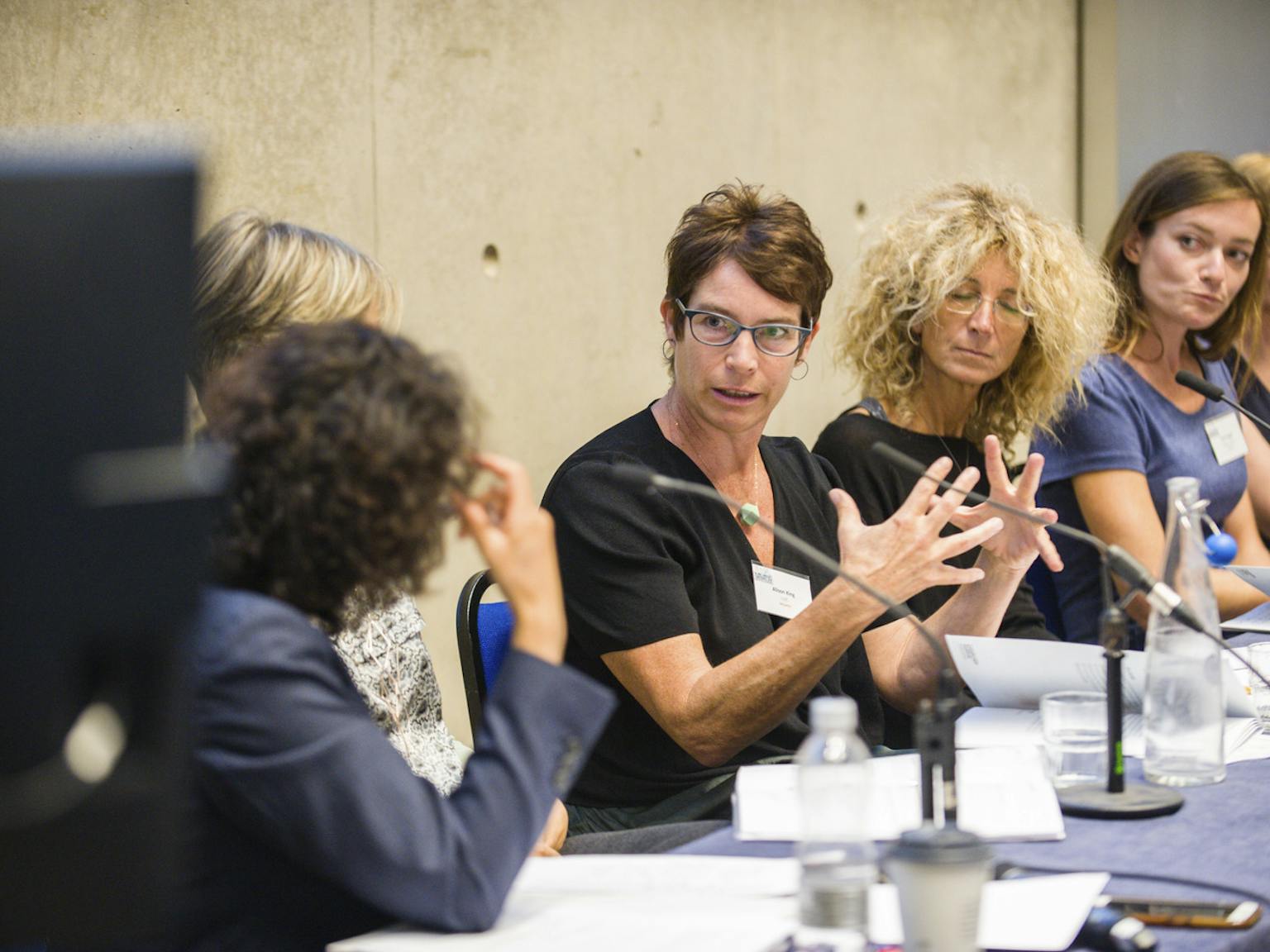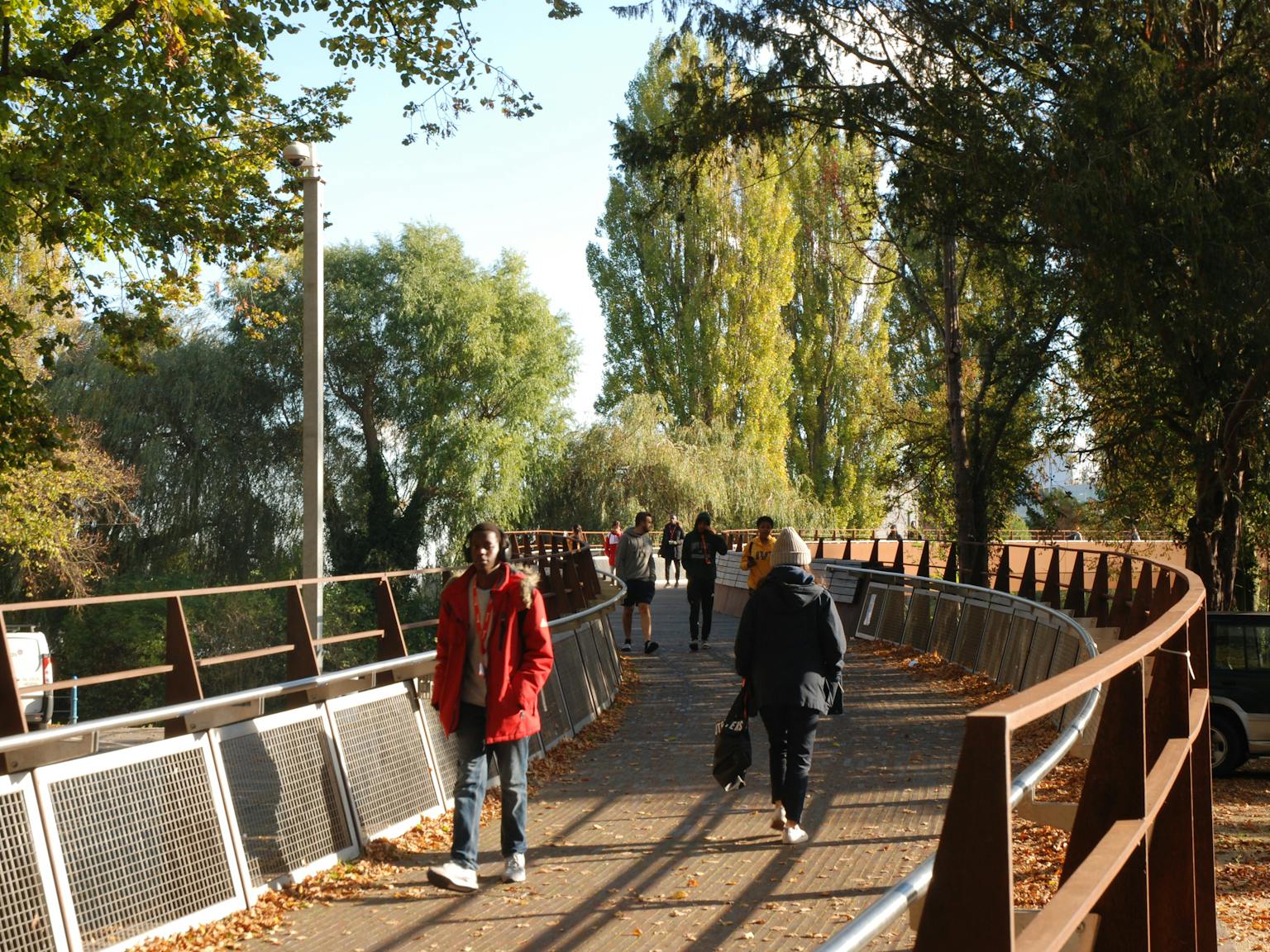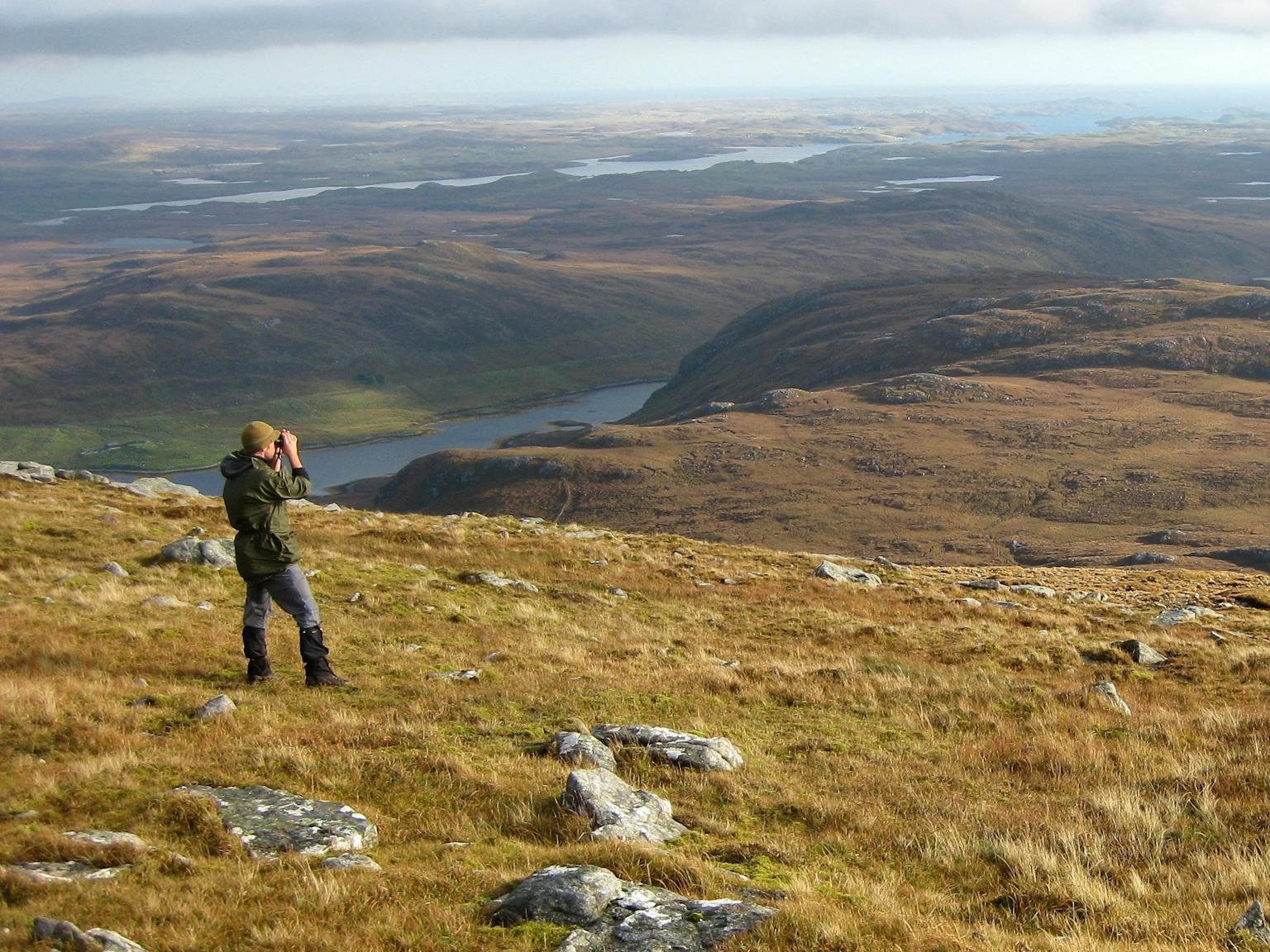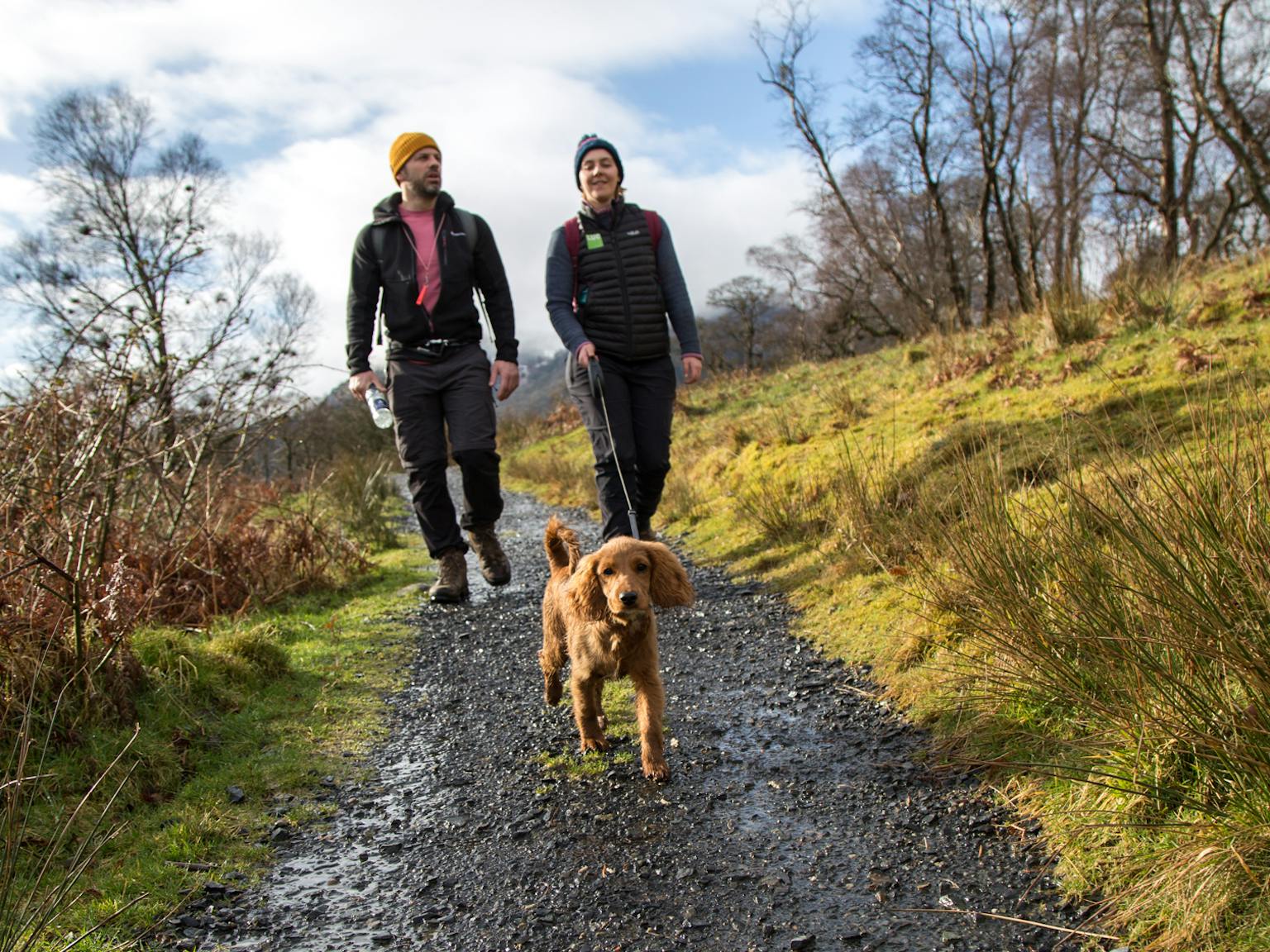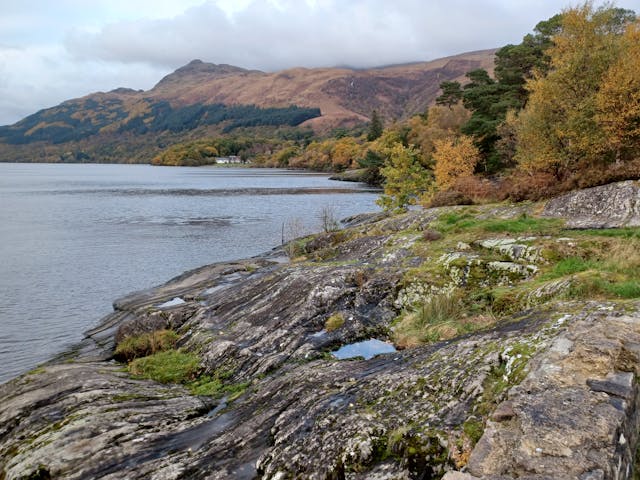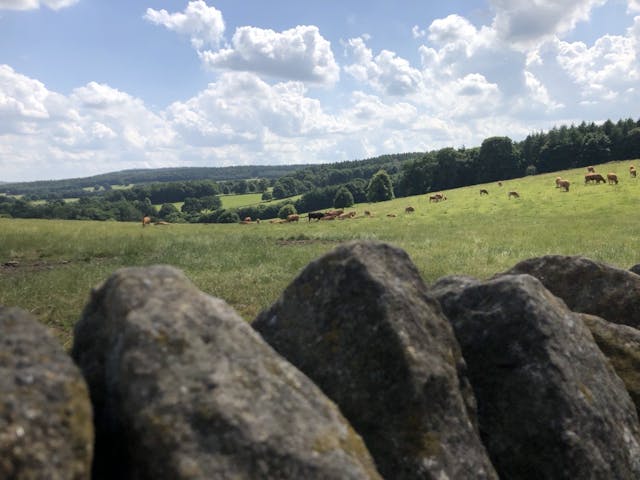
Why we should be increasing landscape resilience
There is much talk at the moment about increasing communities’ resilience to the changing climate – helping households and businesses cope with growing climate risks such as floods, heatwaves or droughts. Resilient communities are better able to prepare, respond and recover when such events occur.
Research by the Joseph Rowntree Foundation[1] has demonstrated that resilience is usually closely related to communities’ health and wellbeing. More affluent communities are generally more resilient than those experiencing high levels of deprivation.
It is instructive to think about the landscape in similar terms. Some landscapes tend to be more resilient to changes than others; more able to retain their key characteristics and qualities. Such landscapes can absorb a certain amount of change without losing what makes them distinctive and special.
Less resilient landscapes can suffer disproportionately when one or more changes occur, sometimes compounding a cycle of decline and loss of character.
Why is the idea of landscape resilience important?
Understanding what makes landscapes more or less resilient is increasingly important, not least because of the combined effects of climate change and many of our efforts to slow it and cope with its impacts. Droughts, rising temperatures, floods and the spread of pests and diseases are already evident, affecting landscapes across the country.
Equally, progress in decarbonising the economy by deploying renewable energy and strengthening the grid, and measures to protect communities and infrastructure from flood risk all have the potential to impact the landscape. We are also seeing continued urban development, new or upgraded transport infrastructure, plans for woodland expansion, and potential changes in the way we manage farmland and the uplands.
Understanding a landscape’s resilience can help inform a tailored response to the changes impacting upon it. It can also help us maintain the character and diversity that are so important to national and local identity and sense of place.
What makes a landscape resilient?
There are some obvious characteristics which affect a landscape’s capacity to absorb or accommodate change. These include the influence of topography and land cover (including field patterns) on patterns of visibility. These determine the extent to which changes are evident in the landscape. Intricate and small-scale landscapes can be less resilient, particularly where changes planned are out of scale.
Landscape management
Management of the landscape resource is another important factor. Landscapes where management of woodlands, trees, hedges and the built environment is in tune with the area’s key characteristics are likely to be more resilient than areas where management is in decline. This could be evident in gappy and missing hedges, a slow loss of field boundaries or the intrusion of poorly designed or located development.
In the former case, changes may be visible, but the character and quality of the landscape will shine through. In the latter case, the change is likely to be more prominent, compounding a weakening sense of place.
What does this mean for policy? It underlines the principle embodied in the European Landscape Convention that all landscapes matter. While we of course should protect our most cherished landscapes, we need to work hardest in those landscapes where resilience has been weakened by past or present change.
All too often low landscape quality is used a justification for further change and lower quality development than would be acceptable elsewhere. But we should be using planned changes as a vehicle to improve, restore and enhance the landscape.
Perhaps there is a need to think about concepts of landscape net gain, using development to contribute to landscape recovery, making our damaged landscapes more resilient to climate and other changes.
Landscape diversity
A third influence on resilience is diversity in the landscape. Foresters are increasingly recognising that large areas of single species, even aged plantation are at increased risk, whether that is through the spread of pests and disease, the impact of storm events, wildfire or changes in temperature or drainage. We can think about landscape in similar terms.
Having variety in terms of tree species, cropping patterns, field boundaries and wider landscape features means that, if one element is impacted by change, the underlying character is maintained, even if it is slightly weakened. Conversely, in a landscape dominated by a single species of tree (think Elm), a single crop or land use, there is a serious risk that it could be transformed by a disease outbreak, the impacts of climate change or other pressures.
So, we need to think about protecting and increasing diversity in the landscape – whether that is restoring the variety of landscape elements that we have lost in many places (hedges, field boundary trees, pocket woodlands, ponds) or moving away from mono-cultures, whether that is in our crops, forests or woodlands. This may require species more suited to the changed climate.
The emphasis on achieving greater diversity is particularly important where changes over recent decades have resulted in the loss of features contributing to diversity and where the landscape has been simplified and character weakened as a result. Agricultural robotics could offer an opportunity here, with GPS guided machines allowing the restoration of hedgerows removed in the interest of agrarian efficiency.
Working with nature
A healthier and more resilient landscape is also likely to be one that is in tune with physical conditions – soils, drainage, exposure and elevation.
Rather than accepting poor yields or using high levels of input (chemical fertiliser, irrigation) to maintain higher production levels, rewilding projects such as at Wild Ken Hill in Norfolk are allowing nature to shape the way different areas are managed.
Allowing some areas to revert to scrub or wetland has actually improved the resilience of remaining areas of productive farmland to drought.
We are increasingly moving towards nature-based solutions to deal with issues such as flood risk and biodiversity loss, perhaps there is also much we can learn in terms of the way we manage our landscapes.
Eyes of the beholder
Finally, and perhaps more controversially, our perceptions of resilience may be influenced by the values that we bring to the landscape. A rare and cherished landscape is likely to be considered more fragile and less able to accommodate change than those regarded as more common or every day.
While we all want to conserve our special and nationally important landscapes the emphasis should surely be on managing change appropriately rather than freezing them at a particular point in time.
Good design and management, allied to understanding of what makes these (and all) landscapes distinctive and special is essential in guiding such management, thereby enhancing the range of ‘public goods’ they deliver. Many of these landscapes may be tougher and more resilient than we give them credit for.
To find out more about LUC’s work creating and managing resilient landscapes, contact Katrina Davies.
[1] https://www.jrf.org.uk/report/climate-change-justice-and-vulnerability
https://www.climatejust.org.uk/


